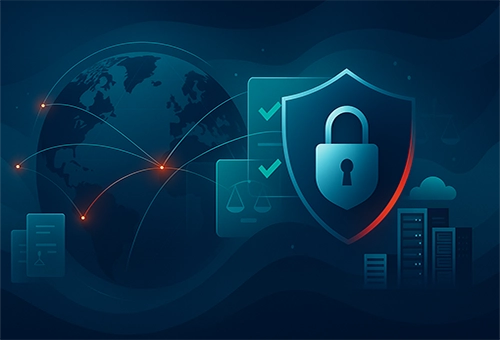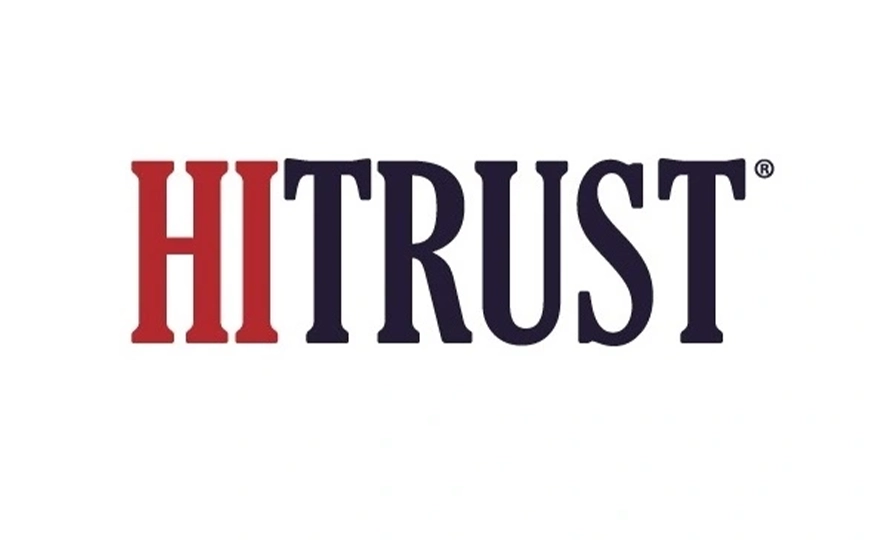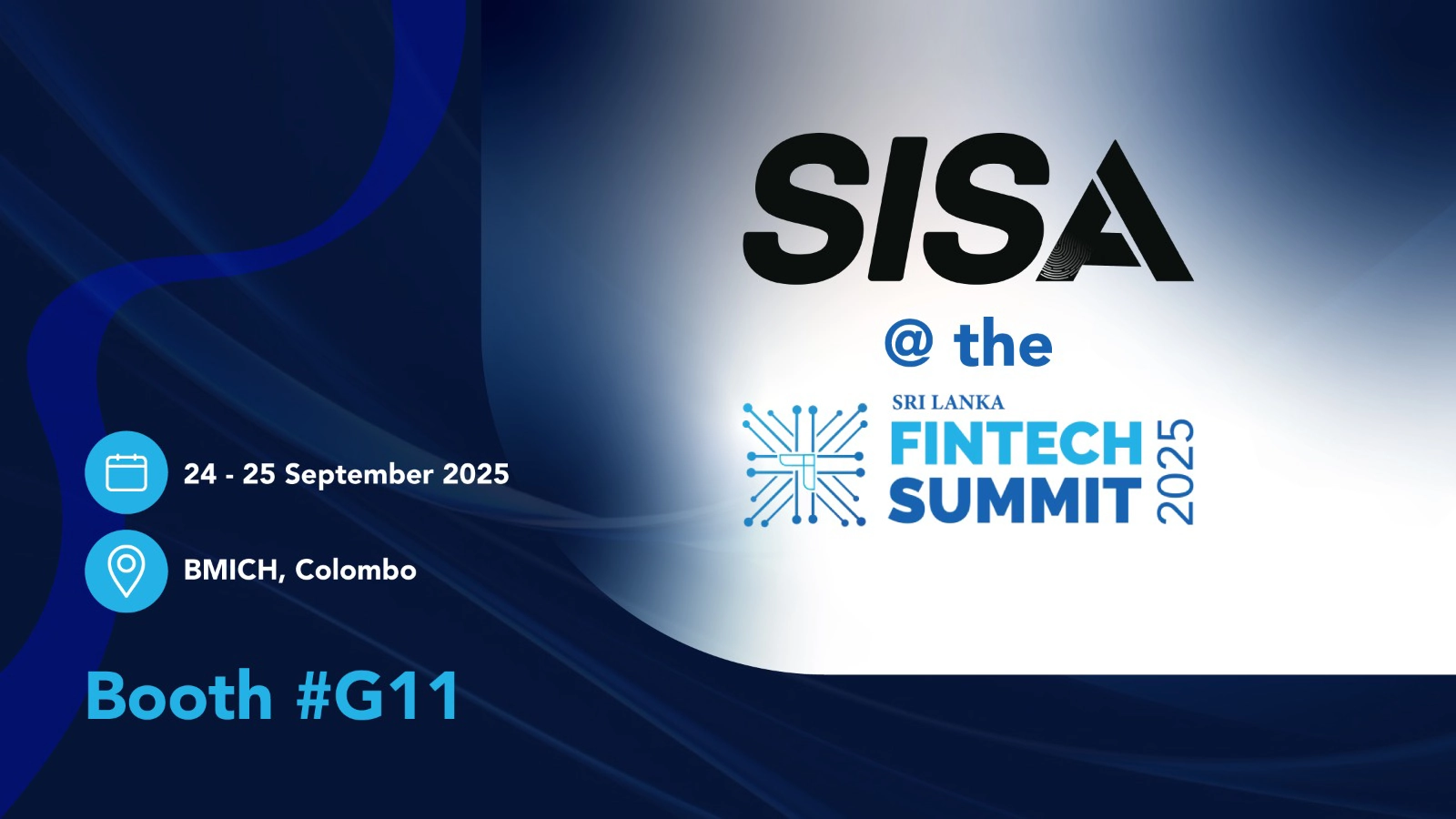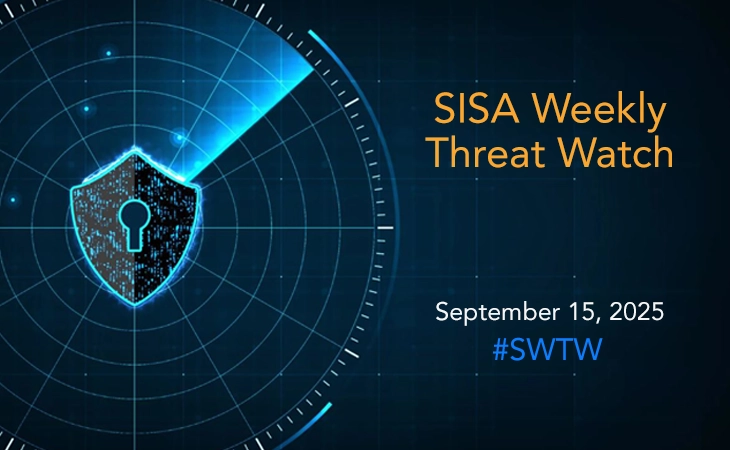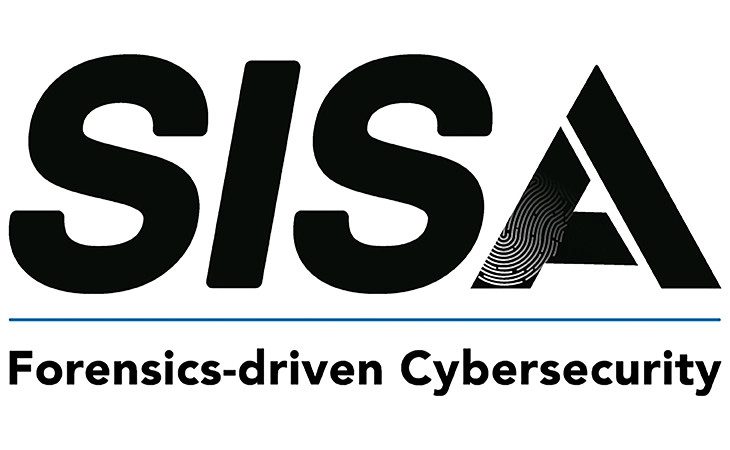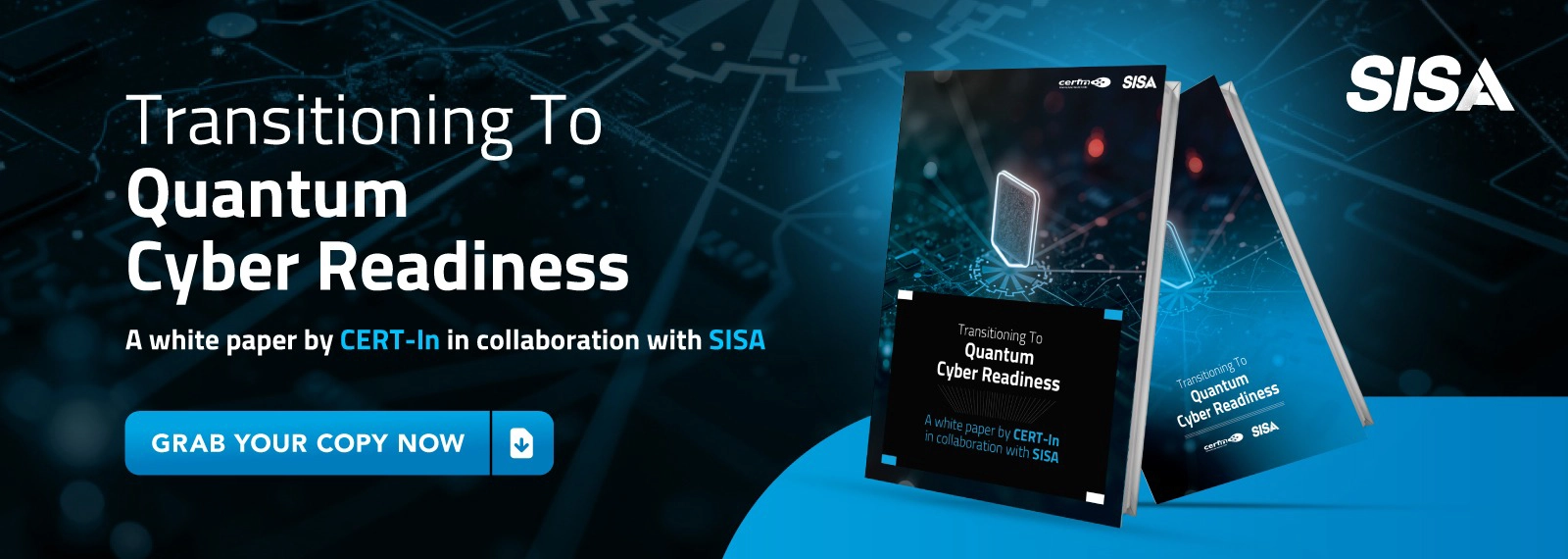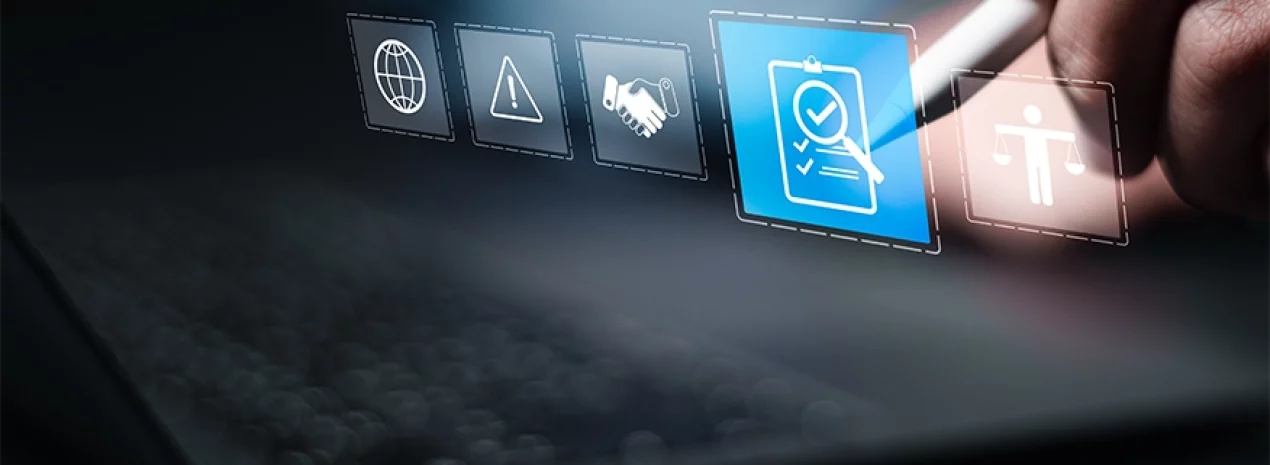
Quantum Risk Assessment: The First Step Towards PQC Readiness in Banking
Introduction
A Quantum Risk Assessment (QRA) is the very first step in understanding where classical cryptography exists within an organization. Without it, a bank or fintech company has no real visibility into which systems carry the highest legal and compliance risks as quantum threats become real. By carrying out a QRA, organizations not only gain that visibility but also build a clear, prioritized roadmap for migrating towards Post-Quantum Cryptography (PQC).
Quantum Risk Assessment: What Does It Mean?
In most organizations today, risk assessments are designed around identifying and reporting information security risks such as access gaps, system vulnerabilities, or compliance issues. A QRA is different. It focuses specifically on the unique threat quantum computing poses its ability to break classical cryptography.
The purpose of a QRA is to:
- Identify classical cryptographic assets in the environment
- Evaluate the criticality of the asset and risk associated with each asset
- Recommend mitigation strategies to lower the risk and prepare for PQC migration
Where Does Classical Cryptography Exist in The Environment
Classical cryptography is embedded across almost every part of a financial organization’s technology stack. Examples include:
- TLS communication secured using RSA/ECC
- Data at rest protected by disk or file-level encryption
- Cryptographic keys stored in HSMs or KMS platforms
- Digital signatures and certificates used for authentication and non-repudiation
- CA infrastructure supporting trust across the ecosystem
Because of this widespread use, identifying and cataloging all cryptographic components is a major undertaking. Without a structured approach, organizations risk overlooking critical assets that will be directly exposed once quantum capabilities arrive.
To make this more tangible, let’s see how these risks play out in a real banking environment.
A Real-World Scenario
To understand how a QRA works in practice and how it creates measurable business value let’s look at a real-world scenario of how to perform QRA and how that translated into a clear, actionable PQC migration roadmap.
Scenario: Payment Application and Transaction Data Storage
A leading bank operates a customer-facing payment application that supports card payments, and ATM interactions. Every transaction initiated through the app is encrypted using TLS certificates (RSA/ECC) and securely logged into the bank’s central transaction database, which is protected with AES-256 encryption and keys stored in an HSM.
At present, the system complies with PCI-DSS and Central Bank’s security guidelines. On the surface, everything appears secure.
Cryptographic Footprint in This Scenario
- Front-End Exposures: TLS certificates rely on RSA/ECC.
- Back-End Exposure: Historical transaction logs encrypted with AES-256.
Potential Quantum Threats
- Front-End Exposure (RSA/ECC – TLS): Vulnerable to Shor’s algorithm, enabling session interception and app impersonation.
- Back-End Exposure (AES-256 – Logs): Grover’s algorithm reduces its strength, making transaction archives vulnerable to future decryption.
How SISA’s QRA Helps Address These Risks
SISA’s Quantum Risk Assessment (QRA) gives your organization visibility into where cryptographic algorithms are used across your environment. It also highlights which assets are most critical, and through structured risk evaluation, helps you prioritize remediation efforts to address the highest-impact vulnerabilities first. We follow a phased approach that helps organizations identify, evaluate, categorize, and define a clear mitigation plan
To achieve this, SISA’s QRA follows a structured approach
- Cryptographic discovery: Identify where classical cryptographic algorithms (RSA, ECC, AES, DSA, etc.) are used across the entire to build a complete inventory.
- Risk Analysis: Evaluate each cryptographic asset’s exposure to quantum threats, using factors like algorithm type, data sensitivity, and retention period.
- Risk validation and response planning: Validate identified risks with business impact mapping and define prioritized mitigation actions, including PQC adoption and crypto-agility measures.
- Reporting: Deliver both a detailed and executive report that includes a Cryptographic Inventory, asset classification, and a clear mitigation strategy.@
Conclusion
Quantum readiness begins with visibility. With SISA’s QRA, your organization gets a clear picture of its cryptographic landscape, a prioritized risk view, secure PQC migration. The time to act is now before quantum threats turn from theory into reality.
Latest
Blogs
Whitepapers
Monthly Threat Brief
Customer Success Stories
 USA
USA India
India APAC
APAC Middle East
Middle East Global
Global


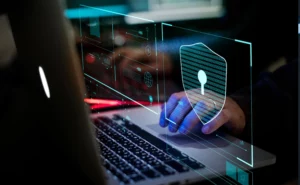



 Facebook
Facebook Linkedin
Linkedin  X
X Youtube
Youtube
